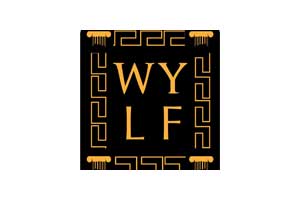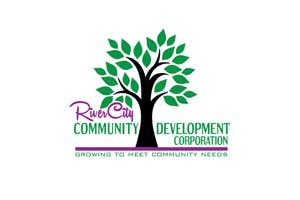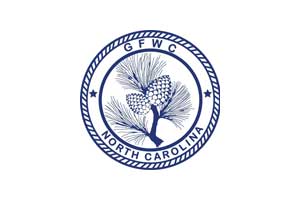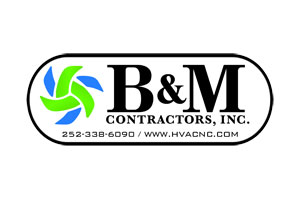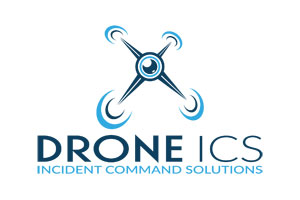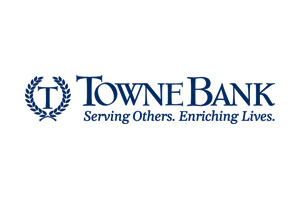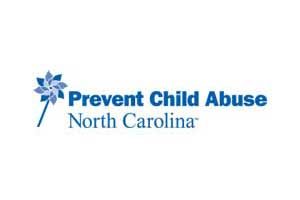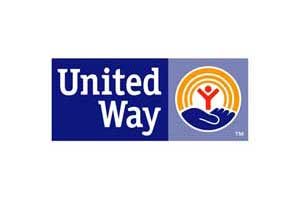One in 10 children in the U.S. will be sexually abused before the age of 18. As adults, we are responsible for the protection of the children in our care.
The 5 Steps to Protecting Our Children™ is an introductory guide to help adults protect children from sexual abuse. Using an evidence-informed approach, these steps provide simple and practical actions you can take to prevent, recognize, and react responsibly to child sexual abuse. Together, they form the framework for Darkness to Light’s prevention training program, Stewards of Children®.
The 5 Steps to Protecting Our Children™
Step 1: Learn the Facts
1 in 10 children are sexually abused abused before their 18th birthday. This means realities rather than blind trust should influence our choices regarding children’s safety from sexual abuse. 90% of children who are sexually abused know their abuser. Sexually abused children are at greater risk for psychological, emotional, social and physical problems, often lasting into adulthood.
Step 2: Minimize Opportunity
More than 80% of child sexual abuse incidents occur when children are in isolated, one-on-one situations with adults or other youth. Choose group situations and have multiple adults supervise children. Make sure interactions can be observed and interrupted. Ask for protective best practices in schools and organizations that serve your children, including background checks, personal and professional reference checks, and a code of conduct for staff and volunteers.
Step 3: Talk About It
Open conversations with children about body safety, sex, and boundaries is one of the best defenses against child sexual abuse. Talk with children when they are young, and use proper names for body parts. Tell children what sexual abuse is, and when age appropriate, about sex. Tell children what parts of the body others should not touch. Use examples with situations and people in their lives. Teach children that they have the right to tell any person “NO” to unwanted or uncomfortable touch.
Step 4: Recognize the Signs
Know the signs of abuse to protect children from further harm. Physical signs are not common, but the following should be carefully examined by a professional: bruising, bleeding, redness, rashes, bumps or scabs especially around the genitals; urinary tract infections; chronic stomach pain, headaches or other ailments that can’t be explained medically. The most common symptoms of child sexual abuse are emotional or behavioral changes, including withdrawal, depression, and anger. Signs don’t always mean sexual abuse, but signs can be a reason to take more interest in the child.
Step 5: React Responsibly
Understand how to respond to risky behaviors and suspicions or reports of abuse. There are three reasons we need to react to sexual abuse: disclosure, discovery, and suspicion. Few reported incidents are false.
Disclosure: A child has broken through secrecy, fear, and shame and has chosen you as the person he or she trusts enough to tell. Honor that with attention, compassion and belief. Listen calmly and openly. Tell the child you believe him/her. Don’t ask leading questions about details. Seek the help of a professional who is trained to talk with the child about sexual abuse.
Discovery: You’ve witnessed a sexually abusive act by an adult or youth with a child, or you know by some other way that abuse has taken place. For example, a friend or coworker may have told you something definitive. In cases of disclosure or discovery, report immediately to local law enforcement or to child protective services in the county in which the child lives.
Suspicion: You’ve seen signs in a child, or you’ve witnessed boundary violations by an adult or youth toward a child. Suspicion means, at a minimum, you need to set some limits or ask some questions.
How Can I Learn More About Protecting Children?
Prevention training for adults creates a culture of awareness. It gives people the skills to create safer environments. It makes them more willing to intervene in unsafe behaviors by adults with children. Stewards of Children® is a program that teaches adults to:
- Prevent sexual abuse before it can happen.
- Recognize signs of sexual abuse in children.
- Recognize unsafe behaviors by adults.
- React responsibly when a child discloses, or when an adult discovers or suspects sexual abuse.

